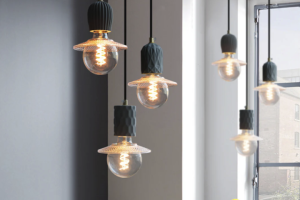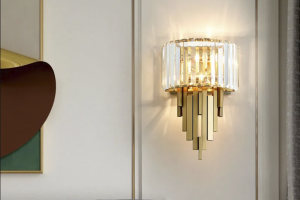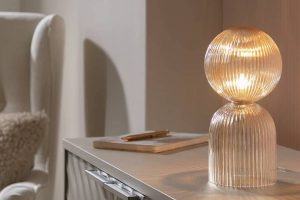Introduction
Scandinavian design is known for its simplicity, minimalism, and functionality. It is characterized by clean lines, natural materials, and a bold yet restrained color palette. Scandinavian color schemes typically consist of a harmonious mix of bright and muted tones, resulting in a visually balanced and serene aesthetic.
In this article, we will explore the key elements of Scandinavian color combinations, how they are traditionally used, and how they can be adapted to suit different design styles.
The Basics of Scandinavian Color Combinations
Scandinavian color schemes typically consist of a handful of colors that are carefully chosen to complement each other. These colors are usually bright and bold, but combined with muted tones to create a visually balanced and relaxing atmosphere.
The most commonly used colors in Scandinavian design are black, white, gray, and earthy tones such as beige, taupe, and brown. Blue, green, and red are also popular choices, but they are usually kept within a muted range, such as a dusty blue or a pale, mossy green.
The Use of White
White is a cornerstone of Scandinavian design, and it is often used as a base color for walls, floors, and furniture. It creates a sense of spaciousness and lightness, and it allows other colors and textures to stand out. White also has a calming effect, making it a popular choice for bedrooms and living spaces.
The Effect of Black
Black is another important color in Scandinavian design, often used for accents, graphic patterns, and bold statement pieces. Black adds depth, contrast, and elegance to a space, but it can also make it feel smaller and more enclosed if overused. Black is best used in moderation, and in combination with lighter colors to balance its weight.
The Importance of Gray
Gray is a versatile color that can take on many shades and tones, from cool and steely to warm and earthy. It is often used as a neutral color in Scandinavian design, providing a subtle backdrop for brighter colors to pop. Gray also adds texture and depth to a space, especially when used in combination with other natural materials such as wood or stone.
Creating a Balanced Scandinavian Color Palette
Creating a Scandinavian color palette that is balanced and harmonious requires careful consideration of hue, saturation, and value. Hue refers to the color’s position on the color wheel, saturation refers to its intensity or purity, and value refers to its lightness or darkness.
A basic Scandinavian color palette might include white, black, gray, and a muted blue or green. To create a balanced palette, the colors should be chosen with a range of hues, saturations, and values. For example, the blue or green might be a muted sage green with a hint of gray, while the gray might be a cool blue-gray with a hint of green.
Adding Texture and Contrast
Texture and contrast are also important elements in creating a balanced Scandinavian color palette. Adding textures such as natural wood, soft fabrics, or woven baskets can help to break up solid blocks of color and add depth to a space. Contrast can be achieved by using black or darker tones against a lighter backdrop, or by using white or lighter tones against a darker backdrop.
Adapting Scandinavian Color Combinations to Different Styles
While Scandinavian design has its own distinct color palette and aesthetic, it can also be adapted to suit different design styles and preferences. For example, a more rustic or bohemian style might incorporate warmer earth tones such as terracotta or ochre, while a more industrial style might use darker grays and blues with metallic accents.
Creating a Scandinavian-Inspired Color Scheme
To create a Scandinavian-inspired color scheme for your own space, start with a base of white and neutral tones and then layer in brighter colors or accents. Consider the mood you want to create – for a soothing and serene space, stick to muted hues and soft textures, while for a more vibrant and energetic space, use brighter colors and bolder accents.
Final Thoughts
Scandinavian color combinations are a beautiful and timeless choice for any design style. They are versatile, visually balanced, and easy to adapt to different moods and aesthetics. By using a careful combination of bright and muted tones, natural materials, and texture and contrast, you can create a beautiful and functional space that reflects the simplicity and elegance of Scandinavian design.




More Posts
Stunning Vintage Opaline Lights: Illuminating Homes with Timeless Elegance
Bringing Versatility to Light: Exploring the Benefits of Dual Light Technology
Shining Light on E14 Bulbs: The Ultimate Guide to Understanding and Using Them